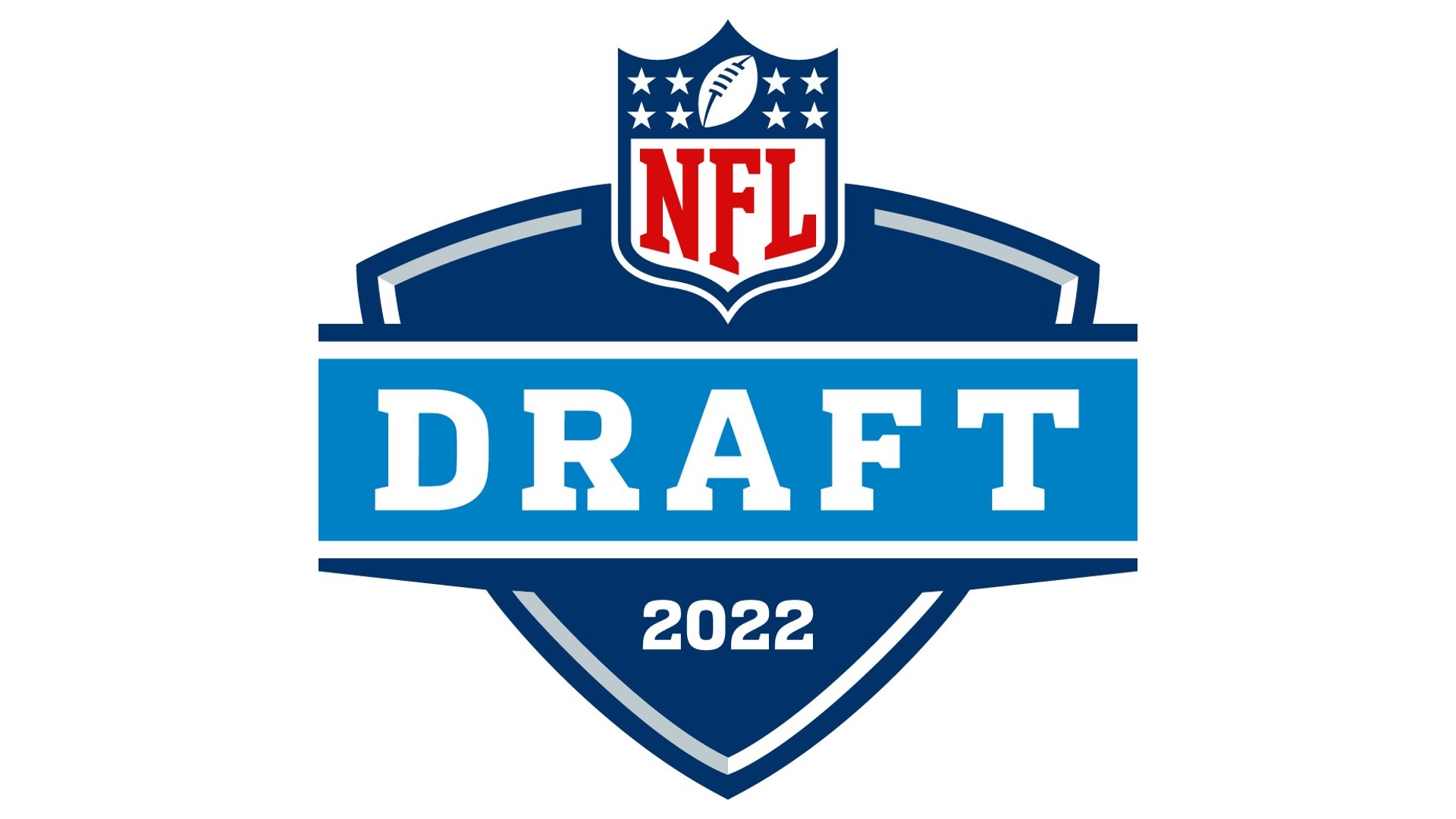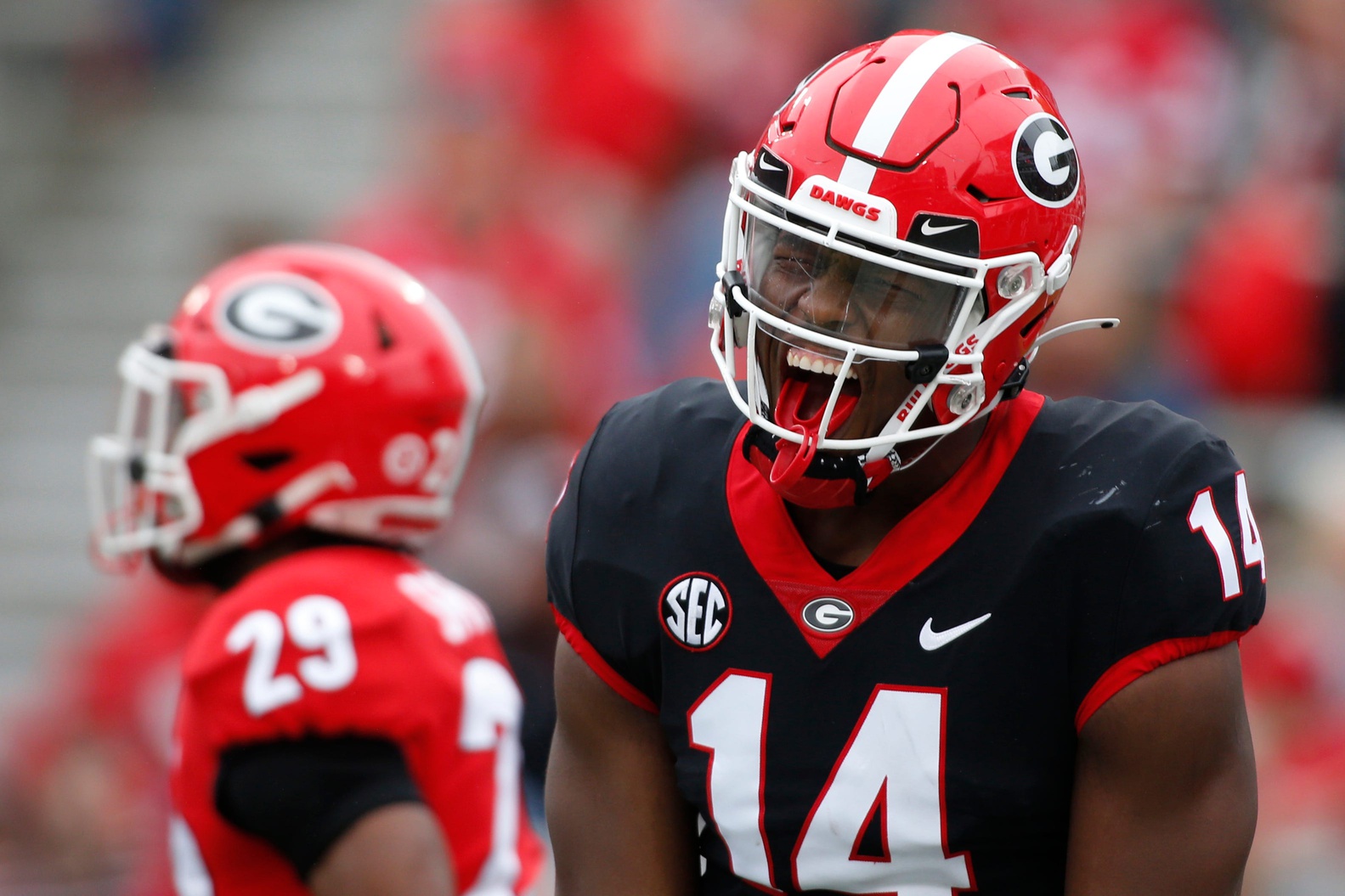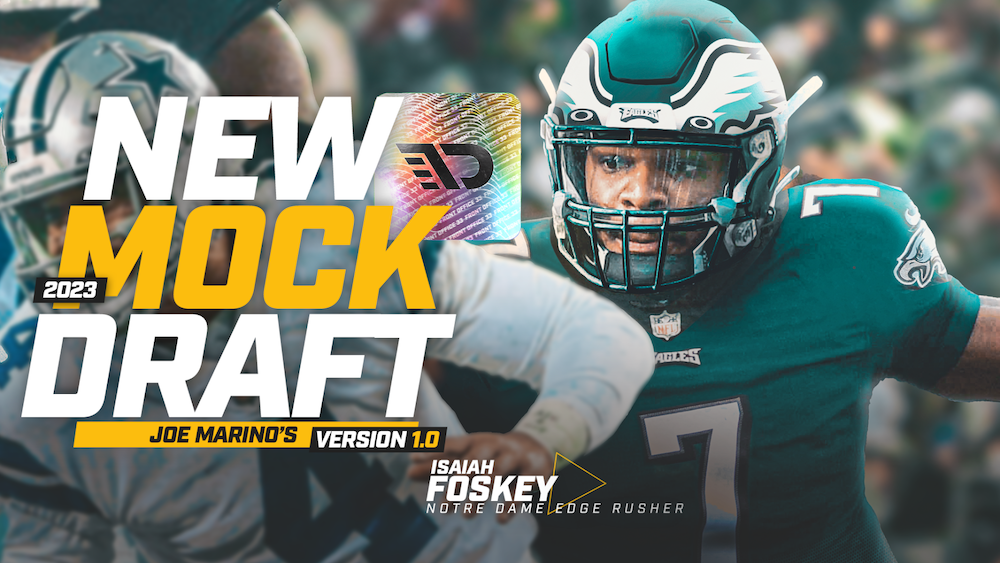With Sony Michel, Damien Harris, and James White already in town, it was a surprise to many when New England took former Oklahoma ball carrier Rhamondre Stevenson in the fourth round of the 2021 NFL Draft.
If you’ve followed the transactional history of head coach Bill Belichick in the slightest over his two-decade-long reign in New England, he conducts his business with a straightforward, what-have-you-done-for-me-lately vantage point; it’s an outlook that offers little job security, sure, but in turn, creates an environment of competition where snaps are earned, never appointed.
As Michel enters his fourth season under Belichick’s tutelage, the addition of Stevenson could inherently signify his departure if he fails to meet expectations. A look back to the prototypical mold of backfield talents since Belichick took over head coaching duties at the turn of the century, the thicker, downhill, 220-pound plus ball-carriers have been the way of the wind in Foxborough, Massachusetts. Of the rushers listed as the team’s leading running backs up to the 2021 season, seven have met the 220-pound threshold.
- LeGarrette Blount (2015-16), 247 pounds
- Jonas Gray (2014), 223 pounds
- Stevan Ridley (2012-13), 220 pounds
- Sammy Morris (2008), 220 pounds
- Laurence Maroney (2007, 2009), 220 pounds
- Corey Dillon (2004-06), 225 pounds
- Antowain Smith (2001-03), 232 pounds
It’s a hard trend to ignore, and despite the fact Harris is just 215-pounds, he provides both open-field and short-yardage power, which Belichick covets and Michel simply does not possess. Michel, a product out of the University of Georgia and the No. 31 pick in the 2018 draft, was looked upon as a new-age addition in New England. He was a shiny new Ferrari within the Patriots’ backfield that not only was a threat on base downs but could work seamlessly out of the backfield in open space. Since his rookie campaign in 2018, Michel’s play has declined to the tune of just two total touchdowns during an injury-rattled 2020 season where he appeared in just nine games.
Michel was due to earn $4.5 million in 2022 had the Patriots picked up his fifth-year option. They declined, and now, he enters a contract year set to make just $1.8 million. However, the assumption of an open roster spot seems like jumping the gun as we approach offseason workouts. Michel’s value has been undeniably questioned as New England enters the Mac Jones era. Harris is clearly RB1, and White’s presence will always earn him snaps; so where does that leave a once heralded Michel? It’s unclear for Michel, who needs to get back to his 2018 form. His injury concerns and sparse versatility shadow his previous production.
It’s a win-win situation for Stevenson, who, on one side of the coin, could outplay Michel for RB2 snaps and prove his worth on special teams, similar to his role at Oklahoma. At 247-pounds, Stevenson is built in the LeGarrette Blount mold. He won’t blow you away on wide zone concepts or take a screen pass 60 yards to the house, but he’s everything Belichick could be eyeing in Harris’ backup for short-yardage opportunities and as a protection source for Jones in long down and distance situations. With just 19 games of collegiate experience, Stevenson’s fourth-round selection does warrant question in itself with Chuba Hubbard (Oklahoma State) and Kenneth Gainwell (Memphis) on the board at that time. But a schematic fit on Day 3 of the draft denotes a heck of a job well done if Stevenson develops into the prospect Belichick envisions.
Under a crowded running backs umbrella, Michel’s future seems bare with another body now in the fold for snaps. Michel, masked in a non-typical mold for Belichick and a potential last-ditch effort to return New England back to the peak of the AFC East, could soon find himself on the other side of the hedge.
Filed In
Related Articles
NFL Draft
Arik Gilbert Doesn’t Need Big Workload To Be A Top NFL Draft Pick
- Aug 22, 2022
NFL Draft
2023 NFL Mock Draft: Marino 1.0
- Aug 22, 2022
Written By


































